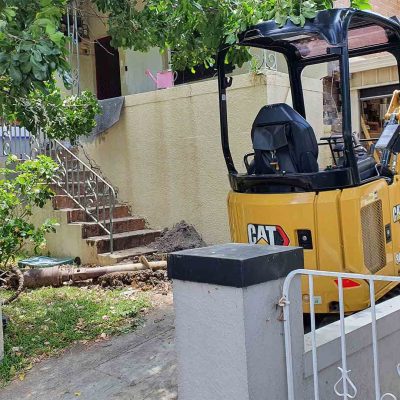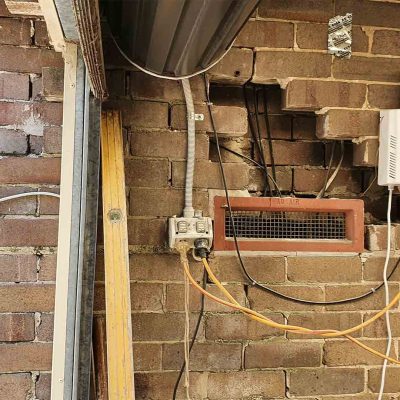Introduction
Retaining walls are versatile structures that serve vital purposes, from erosion control to landscaping enhancement. To ensure the success of your retaining wall project, careful planning and design are essential. In this blog, we’ll discuss the key design considerations for effective retaining walls, covering aspects like wall height, drainage, materials, and aesthetics.
- Wall Height and Load
The first and most critical consideration is the height of the retaining wall and the load it must support. The height of the wall determines the amount of pressure it will face from the retained soil. Taller walls or those supporting heavy loads require robust designs and often necessitate engineering expertise. For walls exceeding a certain height, it’s advisable to consult a structural engineer to ensure safety and stability.
- Proper Drainage
Effective drainage is essential to prevent water buildup behind the retaining wall, which can lead to pressure, erosion, and structural issues. There are several drainage options to consider:
- Weep Holes: These are small openings in the wall that allow water to drain out, relieving pressure.
- French Drains: A buried pipe system that collects and directs water away from the wall.
- Perforated Drain Pipes: Placed behind the wall, these pipes collect and divert water, preventing saturation of the soil.
- Material Selection
Choosing the right materials for your retaining wall is crucial. Common materials include:
- Concrete Blocks: Durable and versatile, concrete blocks come in various sizes, shapes, and colors. They are suitable for both functional and decorative walls.
- Brick: Brick retaining walls add a classic, timeless look to any landscape and are an excellent choice for a more formal appearance.
- Natural Stone: Natural stone walls have a rugged, organic appearance and are highly durable. They provide a more rustic aesthetic.
- Timber: Timber retaining walls offer a warm and natural look, making them suitable for eco-friendly, rustic landscapes.
The choice of materials should align with the wall’s purpose and aesthetic preferences. It’s also crucial to consider the material’s durability and maintenance requirements.
- Aesthetics
Retaining walls can be an integral part of your landscape design, enhancing both the beauty and functionality of your property. Consider the style, color, and texture of the materials to complement your surroundings. You can choose to integrate the retaining wall with your garden, patio, or other hardscape elements to create a harmonious look.
- Permits and Regulations
Before you embark on your retaining wall project, check local building codes and regulations. Some regions have specific requirements regarding the height and construction of retaining walls. Ensure that your project complies with these regulations to avoid potential issues in the future.
Conclusion
Designing an effective retaining wall involves careful consideration of wall height, drainage, materials, aesthetics, and compliance with local regulations. Whether you are building a retaining wall for erosion control, structural support, or landscaping purposes, taking these design considerations into account is essential for ensuring the longevity, stability, and visual appeal of your retaining wall. With proper planning, your retaining wall can not only serve its intended purpose but also enhance the overall beauty and functionality of your property.



